We hunters spend hours and dollars trying to improve our chances for bagging that next buck, bear, or bunny. Scientists have now discovered ways to do that for fewer dollars. True! We can now train with our rifles for less than pennies a day. One technique, in fact, costs nothing but time. And it’s time well spent.
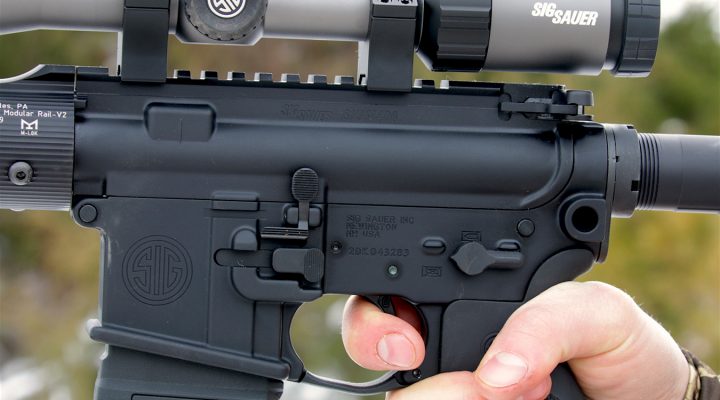
By Ron Spomer
The newest, latest, and greatest practice regimen for shooters is known as dry firing. Okay, it’s not all that new and scientists didn’t discover it, but it does work. Yet, it is largely neglected. Even ignored. Don’t make that mistake.
You know how pro basketball players prepare at the free throw line by faking a few tosses before going for the shot? That’s dry firing. You know how golf pros swing before addressing the ball? Dry firing. You know how a high school senior stands at his prom date’s front door, flowers in hand, mouthing his rehearsed line? Dry firing.
You name the sport and it’ll have some form of dry firing. Why? Because dry fire practice works. The beauty of dry fire practice with a rifle or handgun is that it’s free, quiet, painless, and safe. And it will make you a much, much, much better shot—because you have time to think.
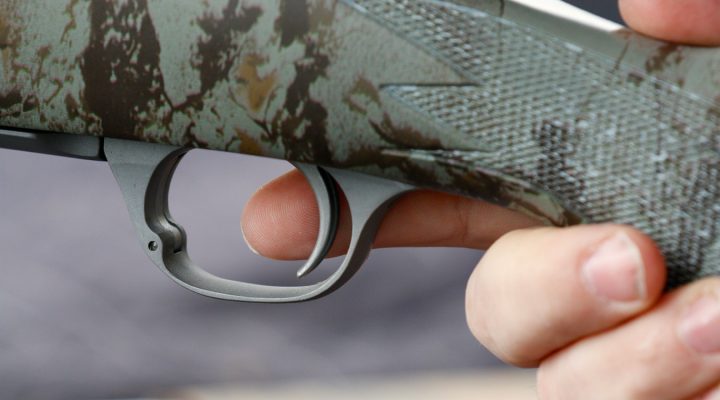
So here’s what you do:
- Make certain your firearm can be safely dry fired. Most centerfire rifles and handguns can be because the firing pin strikes nothing. Rimfire firing pins (think .22 Long Rifle, .17 HMR) strike the cartridge rim, squeezing it against the edge of the barrel breach. Without the brass cartridge to soften the blow, a rimfire firing pin can peen or break against the breach face. So, don’t dry fire rimfires. If you’re nervous about damaging any firearm via dry firing, ask the manufacturer or buy snap caps (dummy rounds designed to catch the blow from the firing pin.)
- Unload the firearm completely, chamber and magazine. Look into the breach for any cartridge. Stick you finger in the breach. Double check to make absolutely certain the firearm is completely unloaded and safe. To be triple safe, remove all ammunition from the vicinity.
- Cock the rifle, raise it as if you’re engaging a target, and squeeze off a shot. Repeat as necessary.

That’s it. Not too complicated. But here are additional things you must do to really improve:
- Think about the shot and all aspects of it. How to best steady the rifle. Breathing. How to contact the trigger shoe. Picking a tiny spot on the target. Focusing on that spot.
- Select a target at which to aim. The light switch across the room, a spot on the floor, a picture of that trophy bull elk on your bucket list. Concentrate as if you really are sending a projectile to the target, which sets up your next important move…
- Notice where the sight is when the firing pin clicks. Since there will be no recoil, you’ll be able to see this, and it can teach you a lot. If you are shooting without flinching or jerking the trigger, you should see your reticle on the aiming point when the pin falls. That means your bullet would have gone there. If you notice the reticle has jerked left, right, high or low, you know you pulled that shot. Correct that!
- Concentrate on proper trigger control. Your objective is to pull the trigger straight back without pulling or pushing to either side and without jerking. Knowing that the gun is not going to buck and roar really helps with this. You’ll see every twitch and mistake you make.
- Hold the trigger fully back after it breaks. A common bad habit is to flick your finger forward after the shot. This encourages jerking. Strive for a smooth, even trigger pull and follow through.
- Practice all shooting positions. Offhand, kneeling, sitting, prone. Prone on a bipod is the perfect way to hone trigger control. Done right, a shot shouldn’t move the rifle at all. You should be able to balance a quarter or dime atop the muzzle and break a shot without it falling off.
As you practice, visualize yourself engaging monster bucks or high-pressure targets. That’s mental dry firing, and it pays dividends, too.
What dry fire practice do you engage in? How often and for how long? Share your answers in the comment section.
Sign up for K-Var’s weekly newsletter and discounts here.

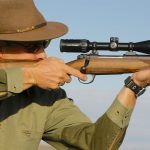
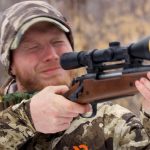
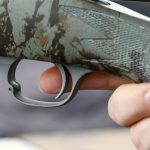
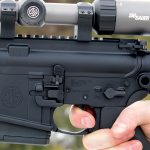
Leave a Reply